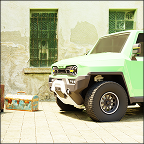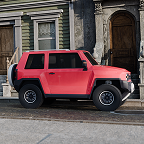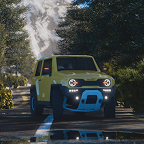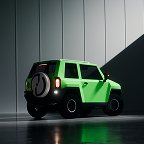The Legend Reborn

Rugged enough for rural roads and ready for weekend adventures,
this budget-friendly SUV is designed to do more with less

Brand History
The design originated after
the Korean War, when the eastern bloc saw a need for small off-road vehicles comparable to the American Jeep,
to supplement the overly-large and
-heavy GAZ-69s then in service.
the Korean War, when the eastern bloc saw a need for small off-road vehicles comparable to the American Jeep,
to supplement the overly-large and
-heavy GAZ-69s then in service.
Run through the Luaz history >
The SUV, as It Was Meant to Be
The LuAZ Hoomac concept reimagines the legendary LuAZ-696 SUV as a modern, affordable truck built for both outdoor adventure and rural utility. At its core is the minimalist DriveCore UI — a functional yet straightforward interface operated by the rugged MotionTwist control.
Off-Road Capability
Whether you're crawling through mud, climbing steep trails, or hauling heavy loads off-road, it ensures all wheels stay engaged and power is distributed where it matters.
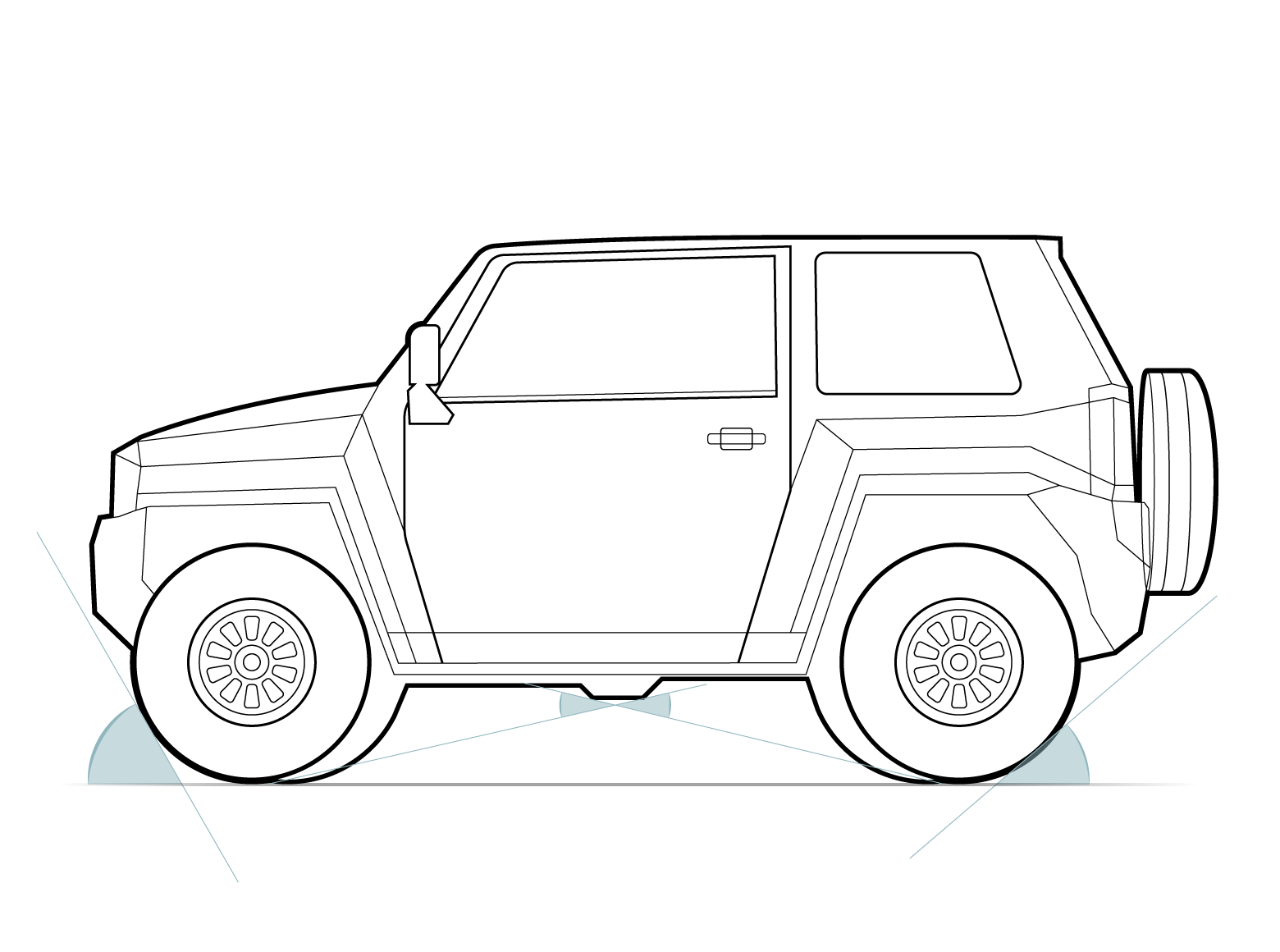
36°
Approach
26°
Breakover
28°
Departure
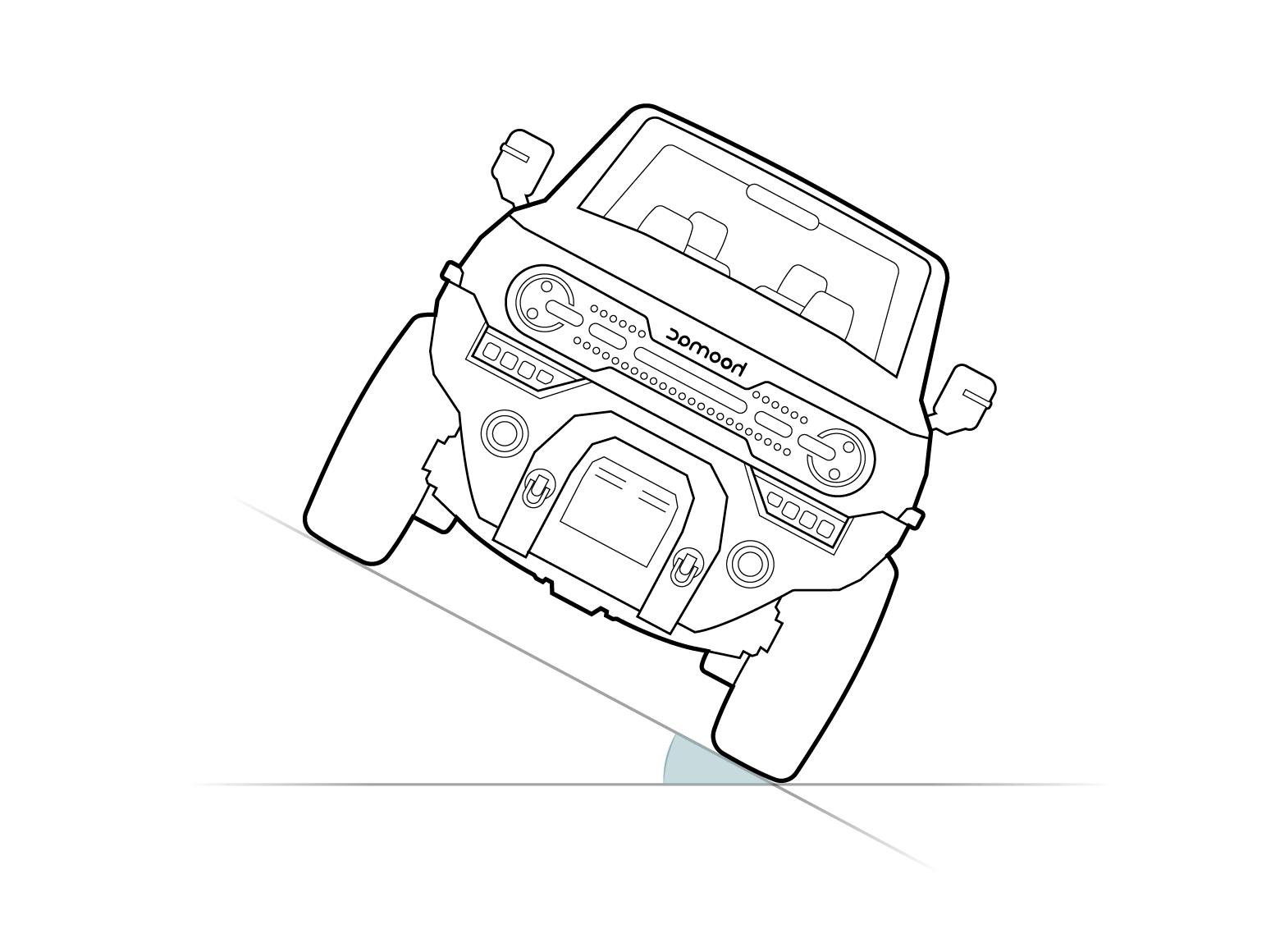
36°
Rollover
40°
Ascent
As simple as possible, but not simpler
One dial to rule’em all
Perfect budget SUV for families and explorers alike. Perfect budget SUV for fa
Learn about the UX behind the control >Need more screens?
Just attach your own devices to smoothly enlarge the entertainment real estate
Study about the UX behind the multimedia >
Raised
210 L

Folded
320 L
1300 kg
maximum braked towing
Tow-Ready,
Straight Off the Line.
Straight Off the Line.
1300 kg
maximum braked towing
Tow-Ready,
Straight Off the Line.
Straight Off the Line.
